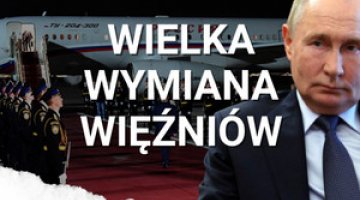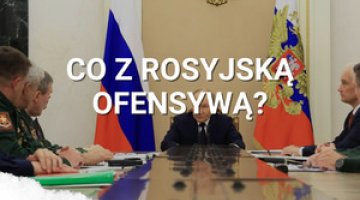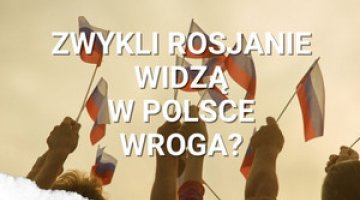The regional elections in Russia: no competition, no surprises
On 14 September, local elections were held in dozens of Russian regions, including elections for the heads of 30 federal subjects and 14 regional legislatures, including the annexed Crimea. Average voter turnout stood at 46%. The incumbent governors won in all regions (with support from the Kremlin), usually with high support levels (70–80%). The regional parliaments will consist predominantly of members of the pro-Kremlin party, United Russia, with a small amount of the ‘licensed opposition’: the Communists, Vladimir Zhirinovsky’s LDPR, the left-wing party A Just Russia, and the nationalist Rodina party.
Commentary
- The regional elections illustrate the evolution of the socio-political situation in Russia, which has taken on its final shape following the annexation of Crimea. One of its main features is an intensified social consolidation around President Putin and the manifestation of the ‘patriotic’ demeanour. Furthermore, it has seen a lack of genuine competition on the political scene and a wave of harassment against the opposition, wherein opposition to the Russian government has been made to signify opposition to Russia itself. Elections in Russia today offer a limited choice: the government’s candidates compete with the ‘licensed’ opposition and win with high support levels. In turn, the Kremlin’s genuine opponents are suffering from the ‘Crimean syndrome’ – they admit the government has a landslide advantage and are wallowing in apathy, or are choosing to emigrate.
- The scale of irregularities in the voting process itself was not large. A high percentage of premature voting (10%) was reported in Saint Petersburg, which in Russia stands for scrutinised voting. The main problem was the lack of genuine competition during the election, which was best illustrated by the example of Moscow, Russia’s most liberal city. The majority of independent candidates were excluded as early as during registration due to the authenticity of the voters’ signatures collected being questioned. Furthermore, some popular opposition candidates were excluded from participation in the election (for example, the main opposition leader, Alexei Navalny, due to a conviction). In effect, 38 out of the 45 deputies in Moscow’s Duma are representatives of United Russia, and the remaining ones are members of the ‘licensed’ opposition.
- Although general elections of governors were reinstated in 2012, their outcome remains a direct result of the Kremlin’s decision. The local political layouts are formed in the Kremlin, which in fact nominates the governors and excludes their competitors from the election race. However, this practice undermines the legitimacy of the mandate of the winners, who will soon be forced to make unpopular social moves as the economic situation in the regions deteriorates.
- The regional elections have revealed the outline of the Kremlin’s electoral strategy which will be employed in the coming years, including during the election to the State Duma (2016). This strategy rules out any democratic ‘experiments’ (in contrast to the election of the mayor of Moscow in 2013, where the popular opposition leader, Alexei Navalny was one of the candidates). Instead, it envisages a hard-line authoritarian approach and a conservation of the political scene (the election of 3-4 parties controlled by the Kremlin) and it discourages the opposition’s electorate from taking part in elections (through the exclusion of independent candidates). However, it is an open question whether this strategy will be successful: Russia will have to face economic challenges in the coming years, and the socio-political consequences of these challenges are currently difficult to predict.





